Introduction
Arcade gaming has a rich and diverse history that spans several decades, showcasing a wide array of genres that have captured the hearts of players around the world. From early classics and retro to modern innovations, the arcade game industry has given birth to a multitude of genres that continue to influence gaming to this day. Let's delve into the top 10 arcade game genres that have left an indelible mark on gaming history.

10. Rail Shooters: On-Rails Action Adventure
Rail shooters like Time Crisis and Jurrasic Park combined shooting gameplay with on-rails movement, immersing players in cinematic action sequences. These games merged elements of shooting games with interactive storytelling, providing players with an engaging and dynamic experience.

9. Sports Games: Virtual Athleticism
Sports arcade games allowed players to engage in virtual renditions of their favorite sports. Games like NBA Jam and Track & Field brought the excitement of sports to the arcade, emphasizing fast-paced gameplay, exaggerated mechanics, and over-the-top dunks.
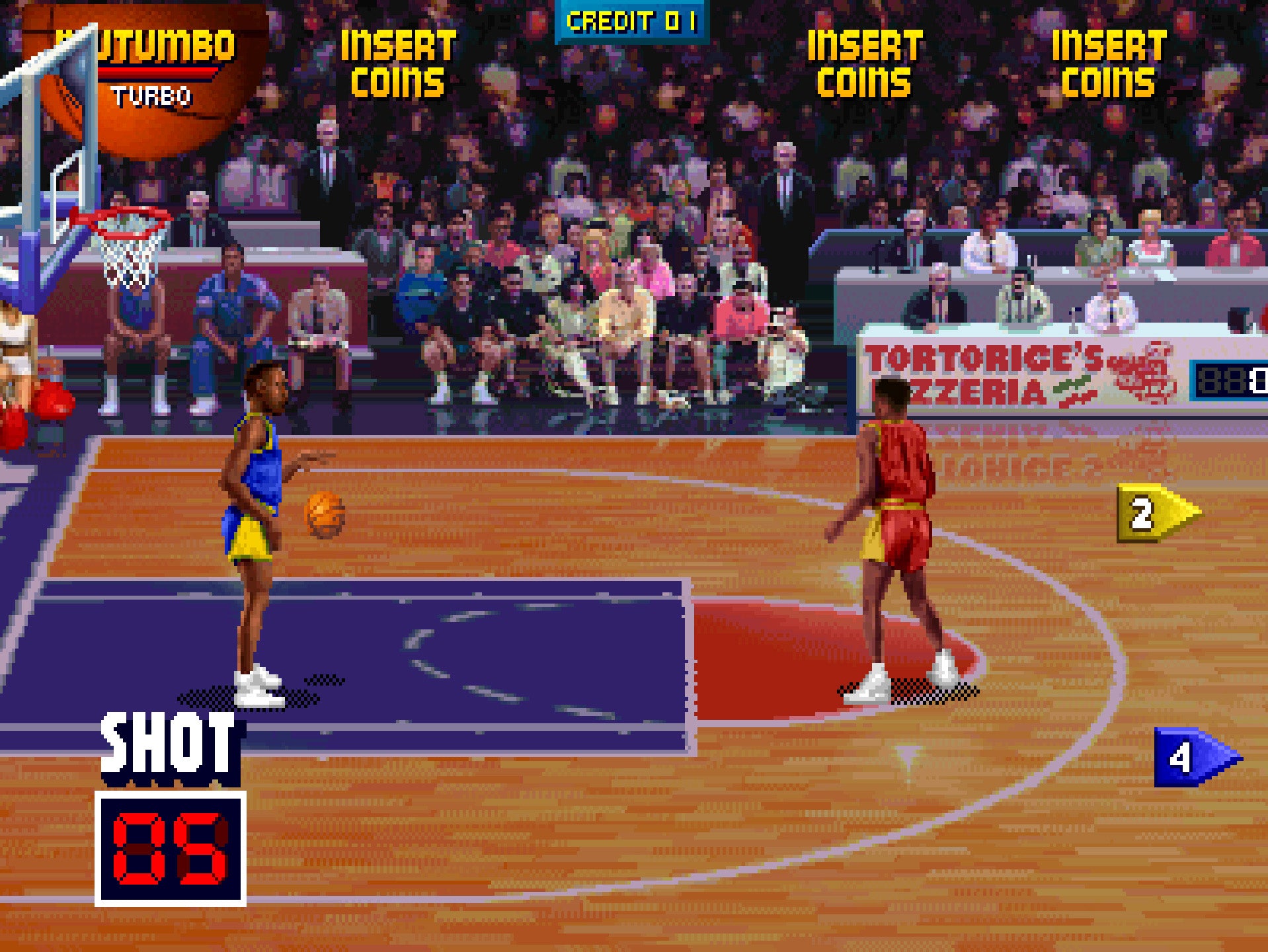
8. Classic Arcade Games: Nostalgia and Timeless Appeal
Classic arcade games, from Pac-Man to Asteroids, represent the foundation of arcade gaming. These titles captured the imagination of players with their straightforward yet addictive gameplay, becoming iconic symbols of the arcade era.
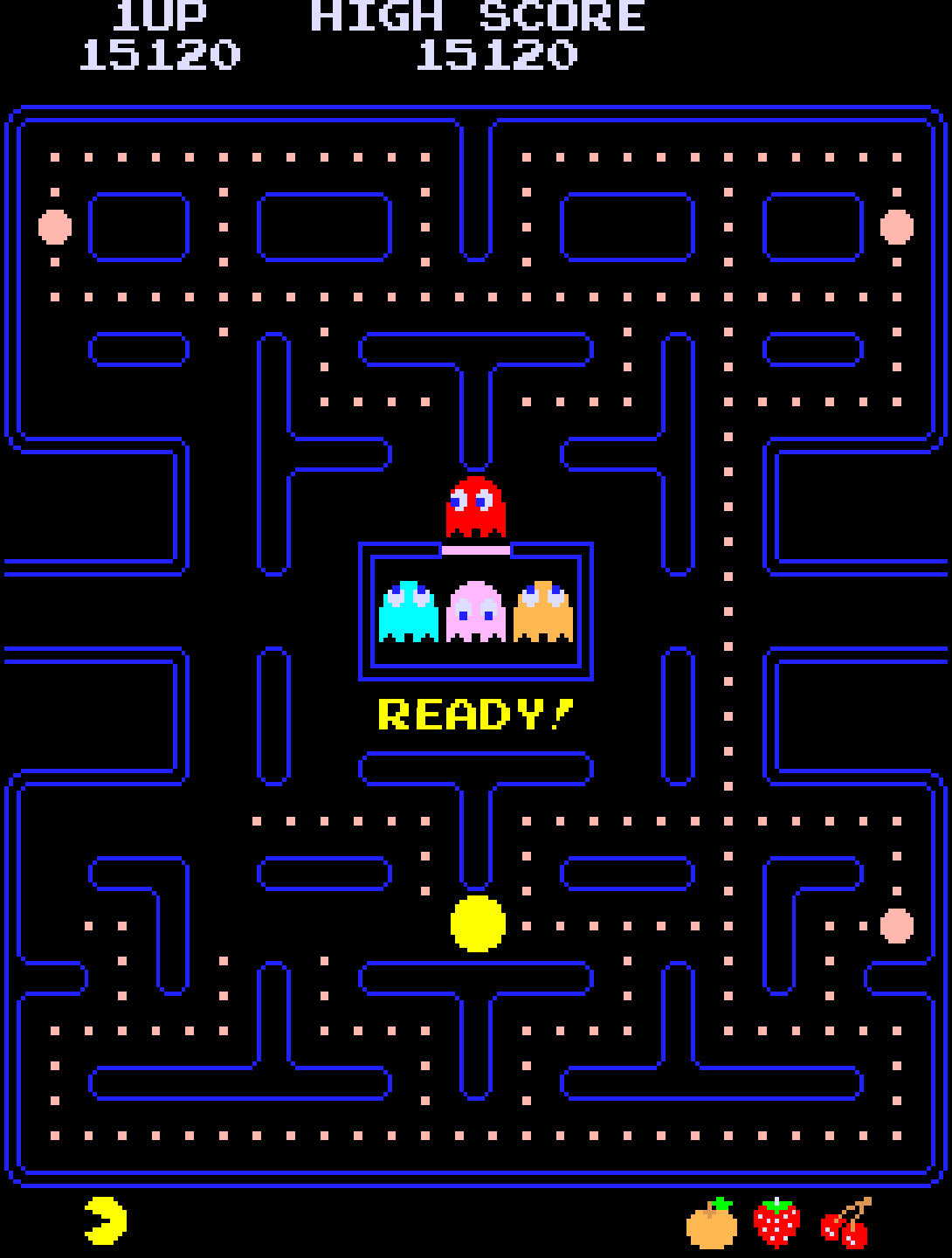
7. Rhythm Games: Grooving to the Beat
The arcade rhythm game genre exploded with the introduction of games like Dance Dance Revolution and Guitar Hero. These games challenged players to synchronize their movements or button presses to the rhythm of the music, creating a unique and immersive gameplay experience that resonated with music lovers.

6. Puzzle Games: Exercising the Mind in Arcades
Puzzle games like Tetris added a cerebral dimension to arcade gaming. The strategic thinking and quick decision-making required in these games provided a refreshing change of pace from the action-packed titles, attracting a diverse range of players.
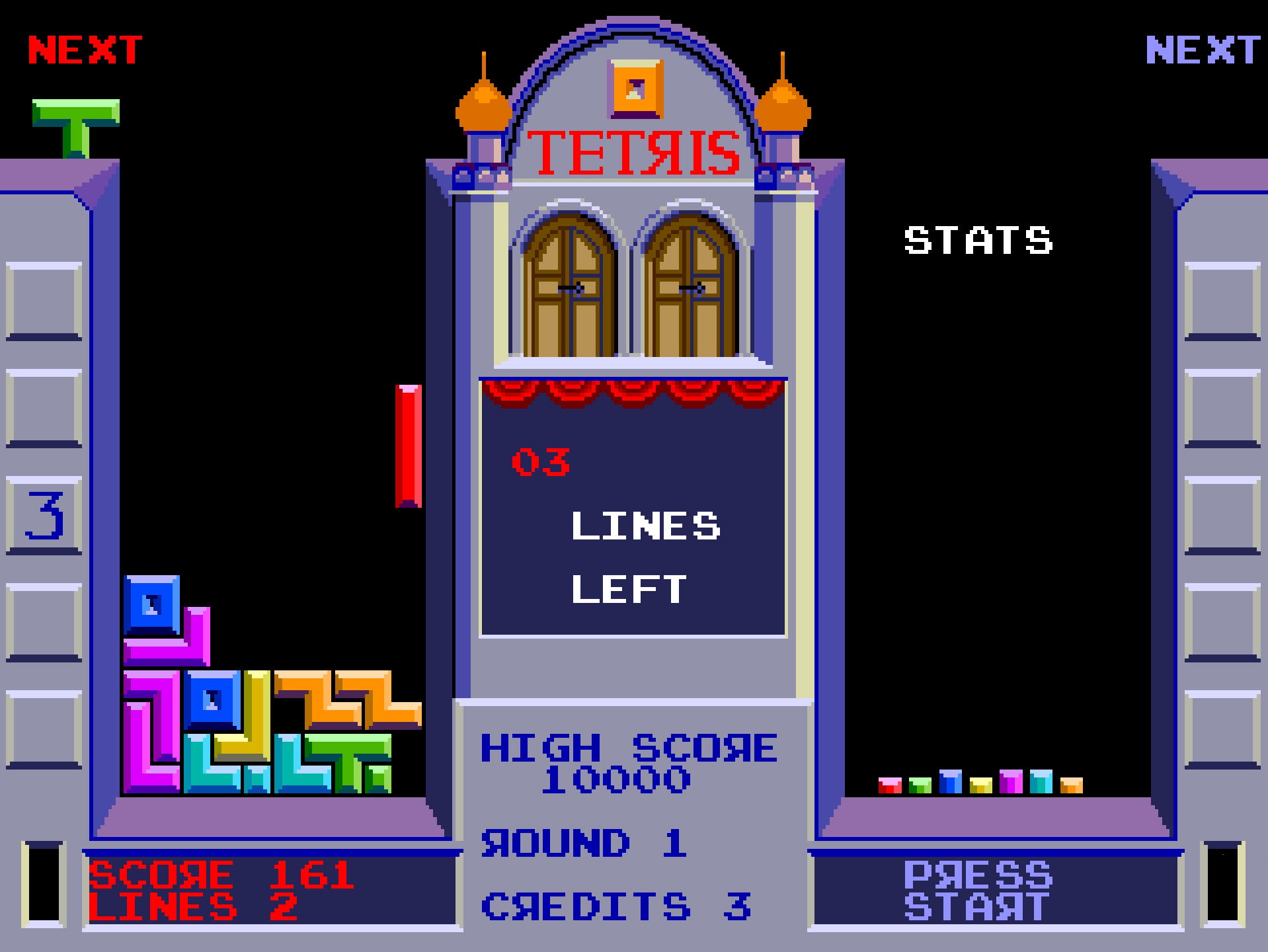
5. Platformers: Jumping into Adventure
Platformers like Donkey Kong and Mario Bros. introduced players to the joy of jumping and exploring vibrant, side-scrolling worlds. These games challenged players' timing and precision, and the quest to reach the end of a level or defeat a boss created a sense of accomplishment that kept players coming back for more.
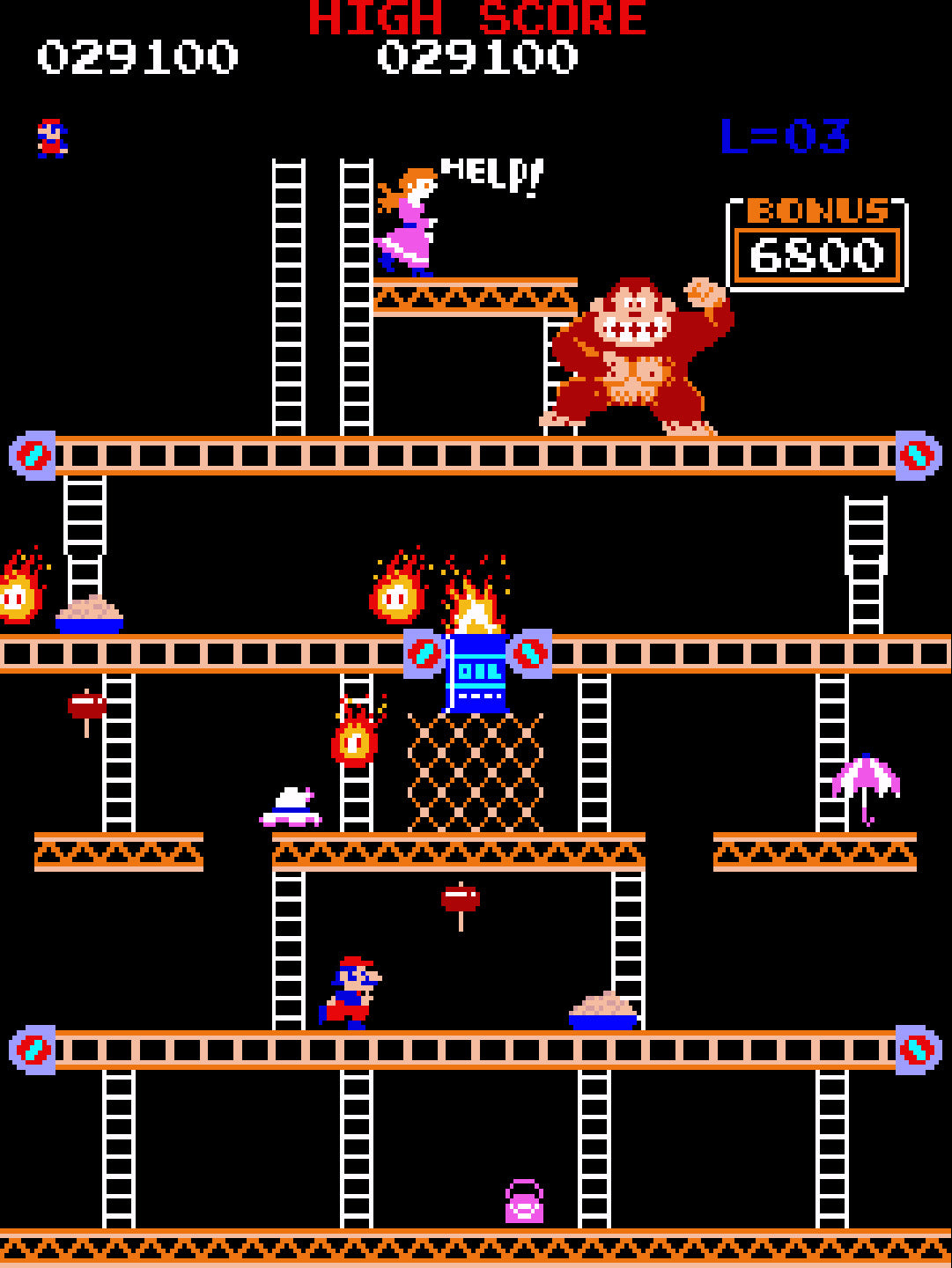
4. Beat 'em Up Games: Cooperative Brawling Fun
Beat 'em up games brought friends together to team up and take on hordes of enemies. Titles like Double Dragon and Streets of Rage 2 offered cooperative gameplay and allowed players to unleash devastating combos. The genre's emphasis on multiplayer action laid the foundation for social and cooperative gaming experiences.

3. Shooting Games: Aim and Fire for Victory
Shooting games have always been synonymous with arcades. Space Invaders and Galaga pioneered the genre, paving the way for the light-gun shooters like Time Crisis. These games demanded precise aiming and reflexes, creating a sense of urgency and excitement that players loved.
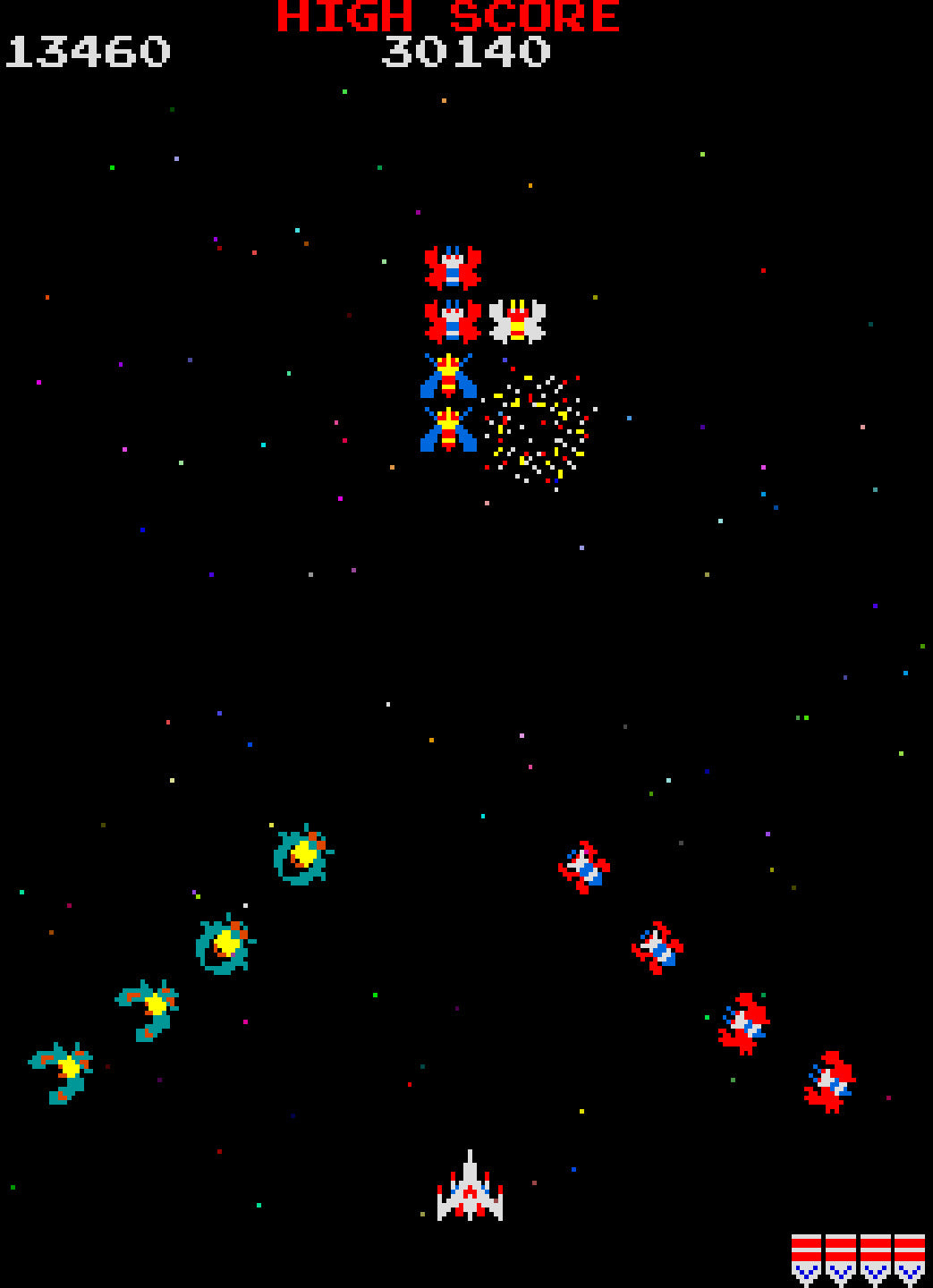
2. Fighting Games: The Battle for Supremacy
The fighting game genre exploded with classics like Street Fighter II and Mortal Kombat. The one-on-one combat and intricate move sets made for intense competitive experiences that drew crowds around arcade cabinets. The rivalry between players and the quest to master complex combos turned arcades into virtual battle arenas, fostering the rise of the eSports scene we know today.
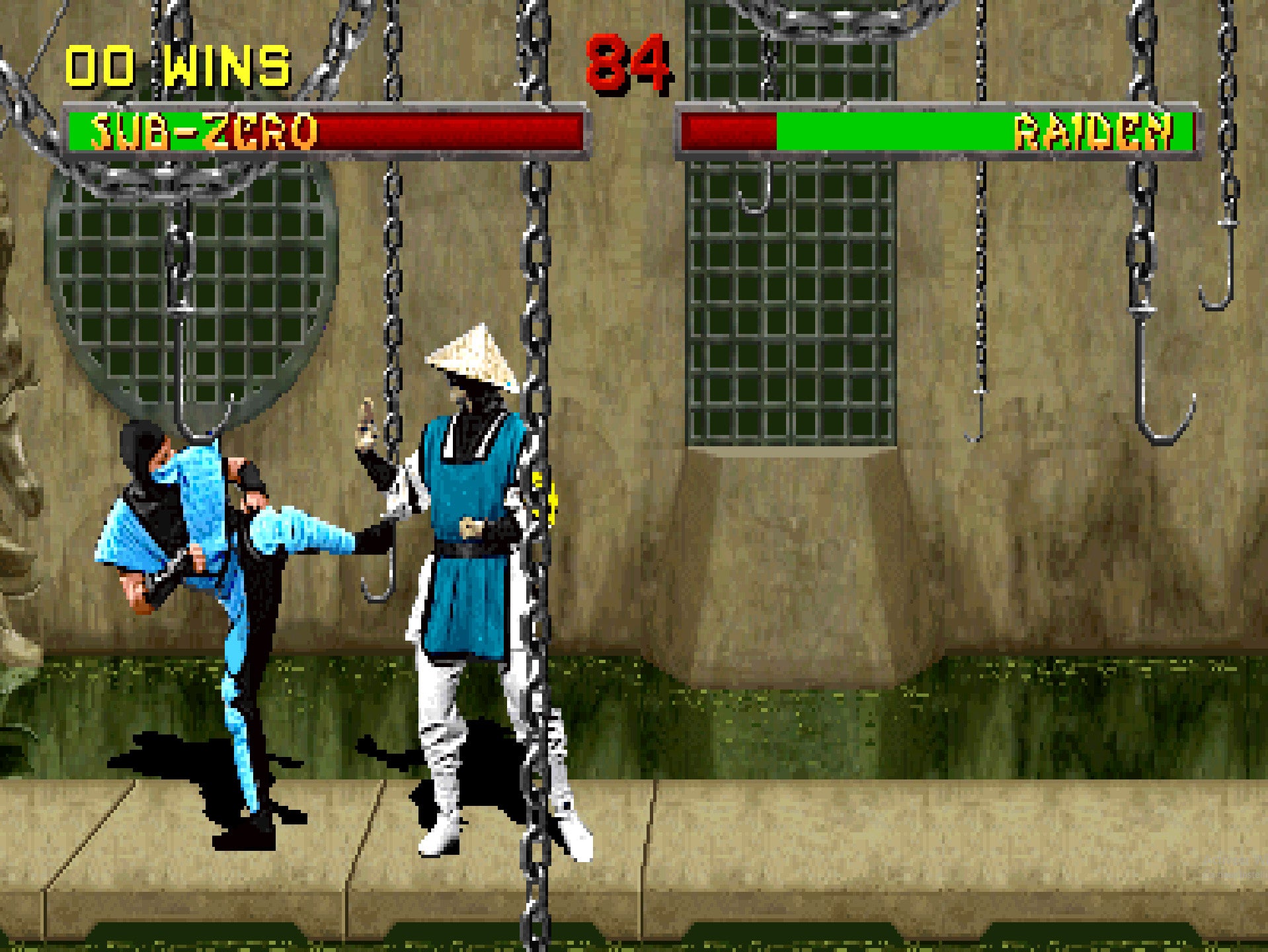
1. Racing Games: The Thrill of Speed and Competition
Racing games have been a staple of arcade gaming since its inception. Titles like Out Run and Daytona USA set the stage for fast-paced, adrenaline-pumping gameplay that challenged players to navigate complex tracks and outmaneuver opponents. These games introduced innovations like force feedback steering wheels, enhancing the immersive experience and solidifying racing games as an integral part of arcade culture.

Conclusion
Arcade games span a wide range of genres, each bringing unique thrills and shaping gaming history. Whether it’s the intense battles of fighting games, the strategic depth of puzzles, or the high-speed excitement of racing, arcades have left a lasting impact on gaming culture. Now it’s your turn—cast your vote and let us know your all-time favorite arcade game!🕹️
What's Your Favorite Arcade Genre?
Total Votes: 0
Current Results:
Questions you might have:
How did different arcade genres evolve over time?
The evolution of arcade genres has been closely intertwined with technological progress. Advancements in graphics and processing power have allowed for more intricate and realistic gameplay mechanics. This evolution has led to the emergence of genres like open-world exploration and narrative-driven experiences.
What are the defining characteristics of each arcade genre?
Each arcade genre is defined by its unique features. For instance, puzzle games challenge players' logic and problem-solving skills, while action games demand quick reflexes and strategic thinking. Racing games focus on speed and precision, while fighting games emphasize one-on-one combat mastery.
Which arcade genre was the most popular during the golden era?
During the golden era of arcade gaming, certain genres were particularly popular. Classic shooters like "Space Invaders" and platformers like "Donkey Kong" captured players' imaginations. These genres laid the foundation for many games that followed.
How do arcade game genres differ from console and PC game genres?
What sets arcade genres apart is their emphasis on immediate gratification and competitive gameplay. Arcade games are designed to be accessible and engaging, allowing players to jump in quickly and achieve high scores without the need for extensive tutorials or complex narratives.
What are some classic examples of arcade games in each genre?
Iconic examples of arcade genres include "Pac-Man," exemplifying maze-based gameplay and strategic evasion of enemies, and "Street Fighter II," a benchmark in the fighting game genre that introduced diverse characters and intricate combos.
How have modern technologies influenced arcade game genres?
Technological advancements continue to shape arcade genres. Virtual reality (VR) has opened up new avenues for immersive experiences, enhancing genres like racing and first-person shooters.
What are some recent trends in arcade game genre development?
Modern arcade trends involve adapting elements from mobile gaming, such as microtransactions and social integration, to enhance player engagement. Additionally, the rise of esports has led to competitive tournaments and events that showcase the skill and strategy of various arcade genres.

